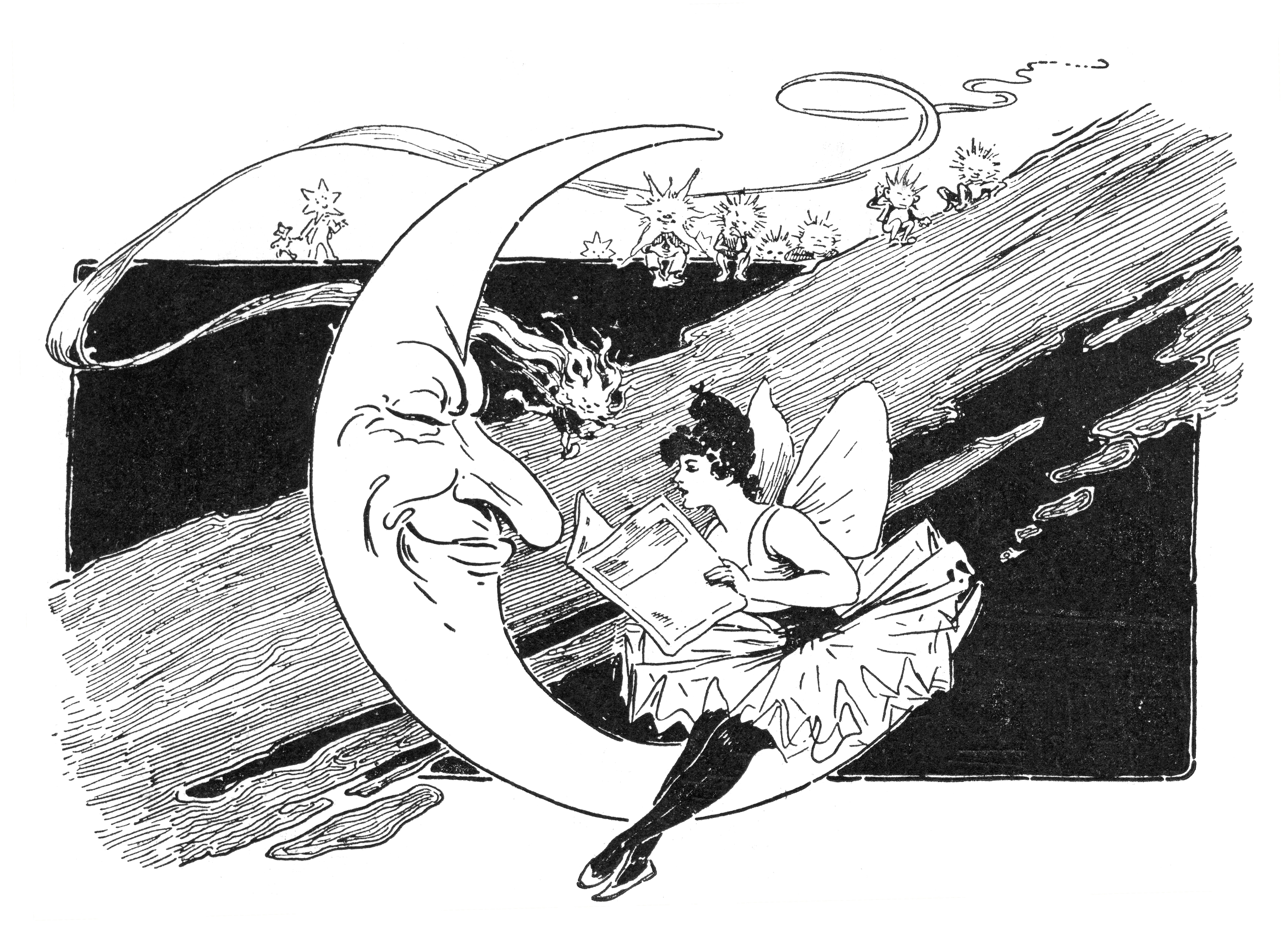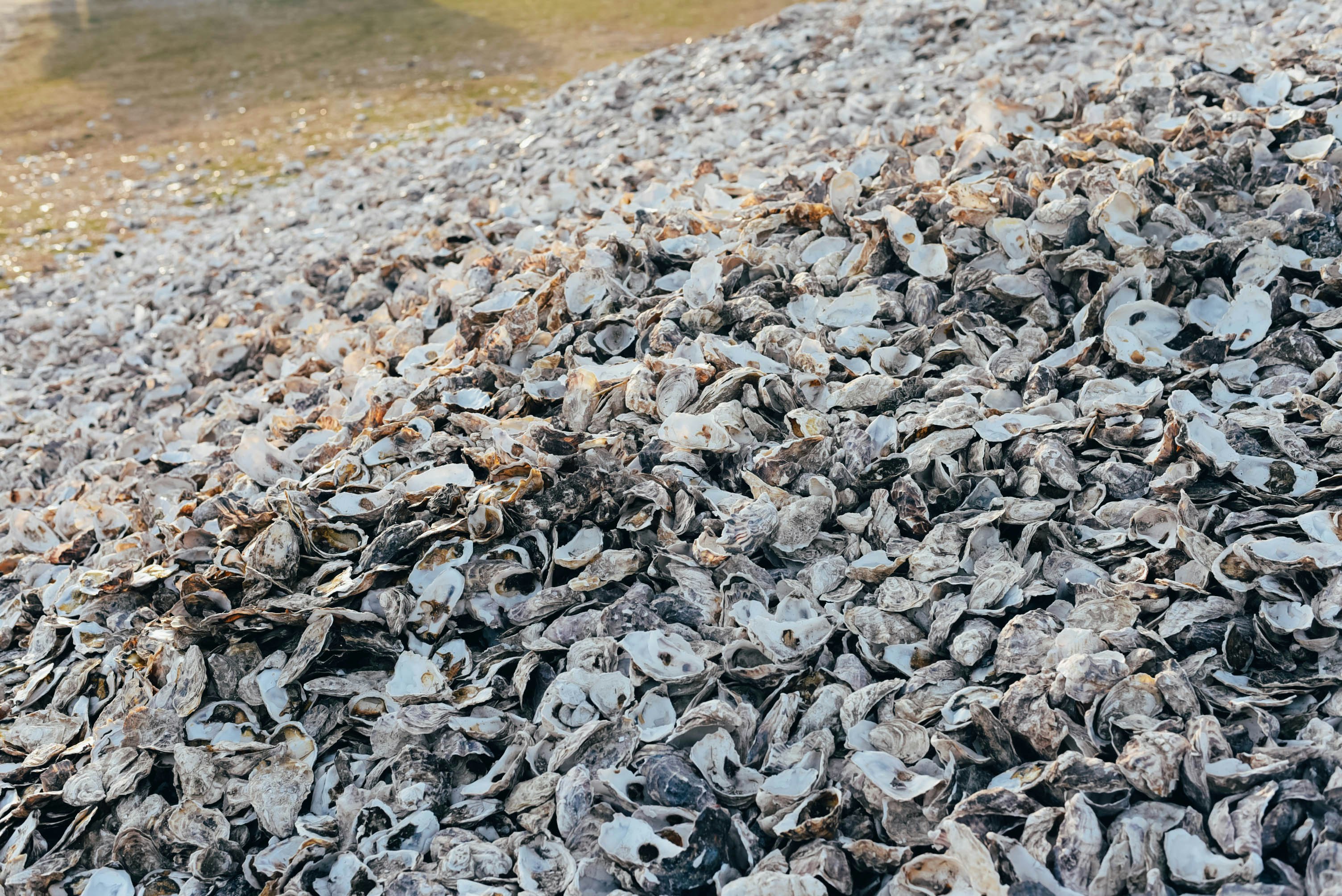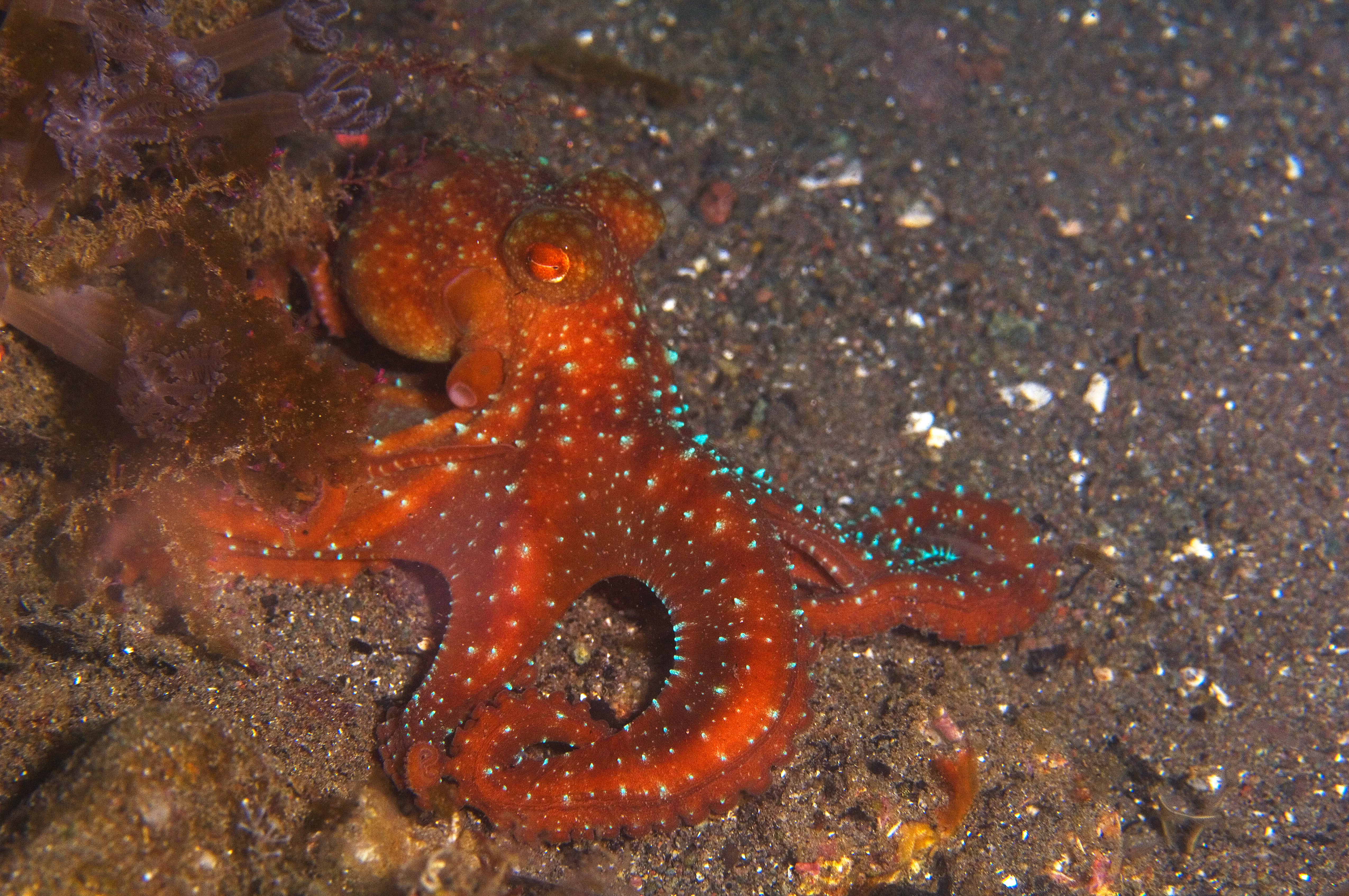
Ever think that the Moon is a wheel of cheese or capable of turning you into a wolf? Flip through the cultural myths that have surrounded our celestial watchdog for half a millennium, and ask yourself: How do they make you feel about our real, dense Moon?
Myths help us process things that are either beyond our understanding or beyond our experience. Thankfully, we also have science to inform the truth behind every story — you can find one about the Moon in today’s Inverse Daily, along with information about climate change and nature. Hit ‘reply’ to this email and let us know: What is your favorite lunar legend?
This is an adapted version of the Inverse Daily newsletter for Wednesday, March 9, 2022. Subscribe for free and earn rewards for reading every day in your inbox. ✉️

A piece of space junk just hit the Moon
Bam! A leftover Chinese rocket booster hit the Moon on Friday morning like so much macaroni on the wall during a lunchroom food fight. But the Moon won’t need to go home early for a change of clothes, and it seems that the aggrieved remnants of China’s 2014 5-T1 launch actually ended up doing us a favor.
Inverse editor Mike Brown notes that this event is “believed to be the first time that humanity has unintentionally hit the Moon with space junk” (we humans and our junk!), it also resulted in a crater that NASA is interested in observing further.
“NASA previously hit the Moon on purpose in two locations in 2009, which enabled the agency to observe the materials within the crater,” writes Brown. From those ventures, scientists learned valuable information like the fact that “there is water in the Cabeus crater, data that could help establish a permanent base on the Moon.” Some things are happy accidents.
When the Moon hits your eye: China just discovered strange glass balls on the Moon

4000-year-old oyster shells reveal how climate change transformed ancient societies
A study published last week in PLOS One seems to have found climate change secrets inside an oyster shell. The study authors did it by “scrutinizing mounds of leftover shells, bones, and other artifacts,” writes Tara Yarlagadda, which make up “shell rings” constructed by Native Americans around the South Atlantic coast.
“The Muscogee Nation, among other Indigenous tribes, lived in this area for thousands of years from the late Archaic period until Europeans colonized the islands in 1757,” writes Yarlagadda. According to the researchers, the shells that made up the Native Americans’ rings diminished in size over time, indicating that climate shifts threatened reliance on seafood and eventually forced Natives to abandon their shell rings altogether.
“The results support previous research that Native Americans sustainably harvested oysters for thousands of years, challenging a popular argument that unsustainable human practices were responsible for harming oysters during this time,” writes Yarlagadda. But the “findings are not just history lessons,” she continues. “They also provide insight into our present-day struggles to adapt to climate change.”
Swim through the past: Ancient shrimp-like creature sheds light on an evolutionary mystery

This weird 10-legged fossil could be an octopus with extra arms
“Octopi may be strange, but their past is even stranger,” writes card story editor Jennifer Walter. “We don’t know when octopi or their squid cousins first swam in the Earth’s oceans, but we do know that coleoids — a class of soft-bodied cephalopods that encompass squid and octopi — have been around for a long time.” Like, hundreds-of-millions-of-years-type long.
But even though they’re old, octopi can still play hard to get. Their squishy bodies, made of coleoid tissue, aren’t conducive to fossil-making since they degrade so quickly. That’s what makes researchers' recent description of a well-preserved ancient coleoid so significant.
Researchers just identified the fleshy fossil, first donated to the Royal Ontario Museum in 1988, as a new type of coleoid, at least relatively speaking. It’s presumed to be 330 million years old, though it’s also very modernly named Syllipsimopodi bideni after young people’s favorite tastemaker, President Joe Biden. Yes, the earliest-known cephalopod ancestor is really named after Joe Biden. Life is fun! Click through Walter’s entire card to see this Biden squid, encased in rock.
Reaching out: This ancient fish with arms might be the reason you have hands

UKRAINIAN GAME DEVS ON RUSSIA WAR: “STAYING OUT OF IT IS NO LONGER AN OPTION”
Leaving wasn’t an option for Alex Molodkin and his family when Russia’s invasion began on February 24, 2022 — Molodkin took the time this week to speak with our reporter, Hayes Madsen, about the situation in Ukraine and how gamers can get involved.
Molodkin and his girlfriend, the two sole employees of the independent studio Weasel Token, live with his mother and grandmother. The pair is currently working on a charming puzzle game called Puzzles for Clef, but due to his grandmother’s mobility issues, it was almost impossible to consider moving her to another city.
Molodkin says the gaming community can also be an important resource for spreading awareness about the ongoing conflict. As Weasel Token, Molodkin and his girlfriend have written letters to Steam, encouraging the PC gaming storefront to isolate Russia in some way.
“Obviously, we want Russian gamers to rise up as well, but unfortunately they just ignore the matter because as long as they have their games, they’re fine,” Molodkin says.
We live in a society: What if game companies really did something?

About this newsletter: Do you think it can be improved? Have a story idea? Want to share a story about the time you met an astronaut? Send those thoughts and more to newsletter@inverse.com.
- On this day in history: Soviet astronaut Yuri Gagarin was born on this day, March 9, in 1934. Gagarin is best known for becoming the first human to enter space, which he accomplished aboard the Vostok 1 spacecraft on April 12, 1961, orbiting Earth for just under an hour-and-a-half.
- Song of the day: “Earthmover,” by Have A Nice Life.







